PROCESS RHYSICS SCIENCE
TSUYOHITO ITO LAB.
INTRODUCTION OF LABORATORY
Our laboratory is engaged in pioneering new fields in plasma materials science. For example, we are conducting research using coexistence systems of fluids and plasma, such as plasma-induced nanomaterial synthesis in supercritical fluids or solutions, which differ from conventional room temperature and low-pressure environments.
We are also working on advanced measurements to understand new reaction fields, including laser electric field measurements in open atmospheric environments where many new plasma applications are being developed, and the measurement and analysis of high-energy neutral particles irradiating surfaces. Along with the development of these processes and measurement results, we are also challenging the construction of new analysis and design guidelines to understand processing fields that are far from equilibrium systems and have diverse overlapping distributions.
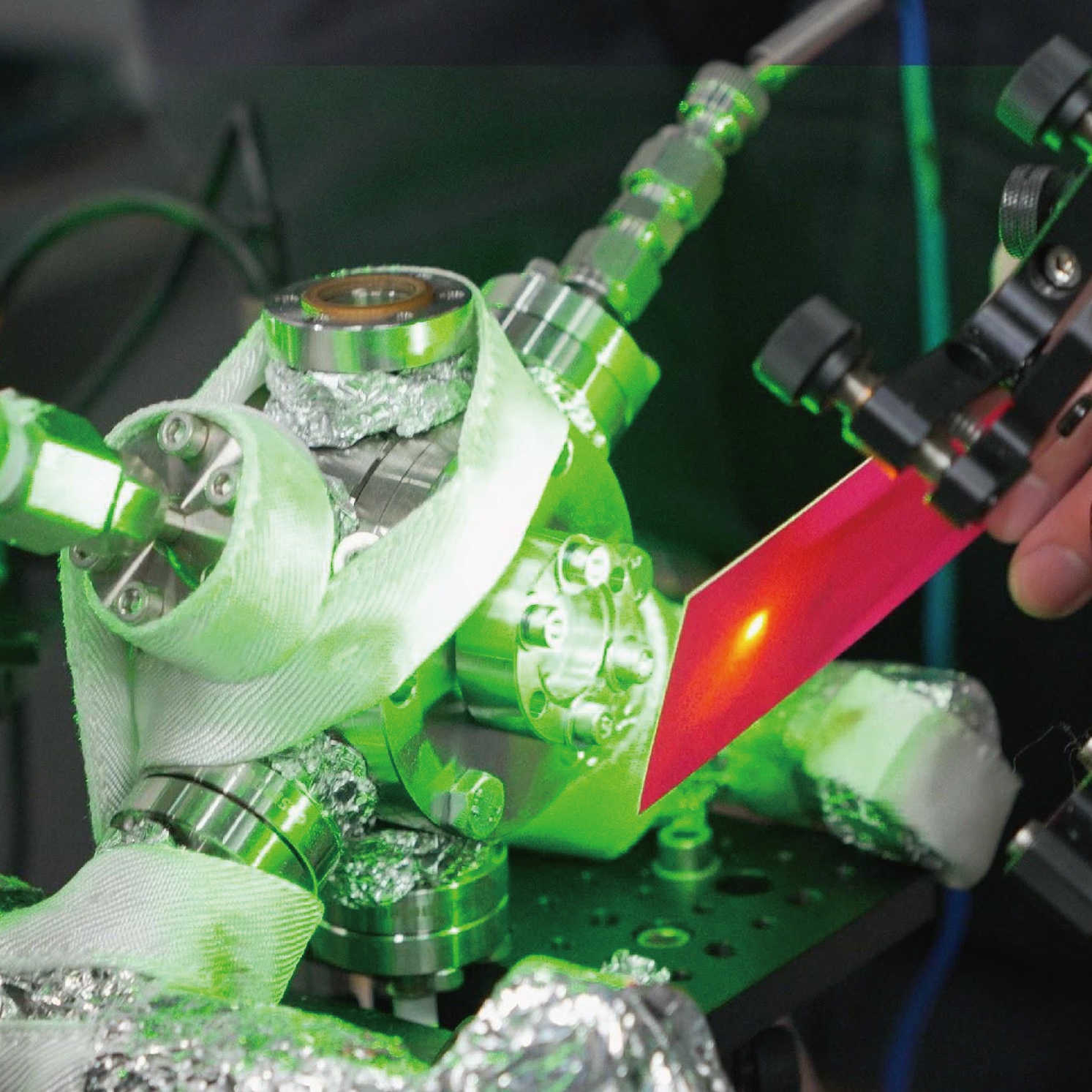
超高速エピタキシャル
成膜プラズマビーム

カーボンナノチューブから構成されるナノフォーレスト
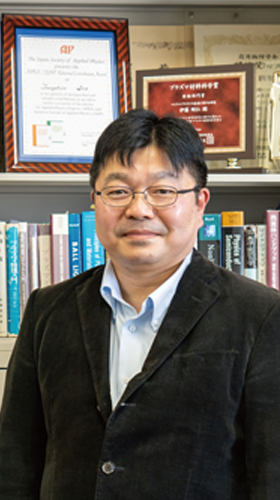
MESSAGE
Enjoying your research is the first step towards achieving good results.
Let’s pursue science and technology to realize a prosperous society.
It is said that over 99% of the matter in the universe is in a plasma state, yet the functions of plasma utilized by us humans living on Earth are only a small fraction.
The reaction fields created by plasma states hold a wide range of possibilities.
Since my graduation thesis research, I have been fascinated by these possibilities and have been working to generate and control them.
In our laboratory, we are working on developing materials processing using nano/microplasmas, supercritical fluid plasmas, and multiphase plasmas. We are also striving to understand these reaction fields through advanced measurements and statistical analysis. Understanding plasma reaction fields, especially those involving condensed phases, which exhibit significant non-equilibrium characteristics, is extremely challenging. The history of plasma research, which began with Dr. Langmuir, spans nearly 100 years, yet plasmas, which are collections of particles far from Boltzmann distribution, remain an academically intriguing research subject. If we can freely control these diverse distributions, plasma reaction fields could become powerful tools for solving many of the problems faced by modern society and for realizing a prosperous future society.
Achieving this will require broad knowledge and innovative thinking that is not confined to traditional frameworks. There is no waste in learning.
keyword
Plasma / Plasma process / Particle synthesis / Micro liquid phase / Flexible device / Printing / Atmospheric non-equilibrium plasma / Inkjet / Plasma-induced micro liquid phase reaction / Electric field measurement / Plasma diagnosis / Metal-organic structures / Drawing / Monodisperse particles / Plasma Materials process / Plasma measurement / Nanoparticles / Plasma spectroscopy / Plasma-liquid phase interaction / Plasma-liquid phase interaction / Plasma-liquid phase interaction / Plasma-liquid phase interaction / Atmospheric pressure plasma / Structural analysis / Crystallization / Nano Second pulse discharge / Hydrogen atmosphere / Open atmosphere / High pressure / Coherent Raman scattering / High pressure discharge / Discharge plasma
PROFILE : Associate Professor Tsuyohito Ito
1999 Graduated from the Faculty of Engineering, The University of Tokyo
2004 Ph.D. from the University of Tokyo
2004 Postdoctoral scholar, Mechanical Engineering Department, Stanford University
2006 Tenure-tracked Associate Professor, Graduate School of Engineering, Osaka University
2011 Associate Professor, Graduate School of Engineering, Osaka University
2016 Associate Professor, Graduate School of Frontier Sciences, The University of Tokyo
STUDENT VOICE : Rui Hasegawa
Associate Professor Ito is an intelligent and knowledgeable scholar who is at the forefront of plasma research. He is also very considerate of his students and approachable, providing guidance from the same perspective as the students and offering generous support for their research.In Associate Professor Ito’s laboratory, each member can pursue research on topics that interest them. The atmosphere is bright and lively, and when in need, students can easily consult with the professor and senior members. The “plasma” studied in this laboratory still holds many unknowns, and it is full of new discoveries. Researching and uncovering these unknown areas with your own hands will be an invaluable experience. The Kashiwa campus provides an environment where you can concentrate on your research. When you hit a roadblock in your research, you can relax and refresh yourself in the green parks. There are also events such as sports tournaments and barbecues, making it an ideal environment for enjoyable research.
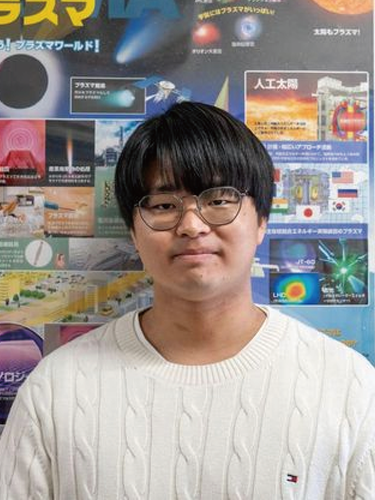
MATERIALS DESIGN AND PROCESSING
Let’s pursue science and technology to realize a prosperous society.
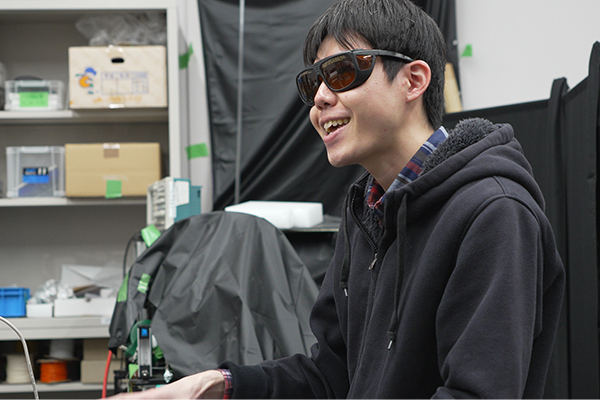

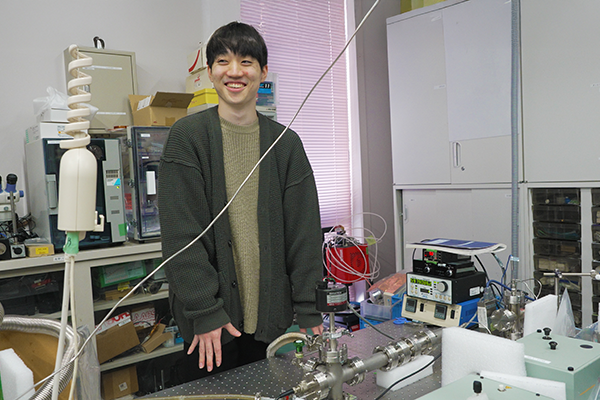
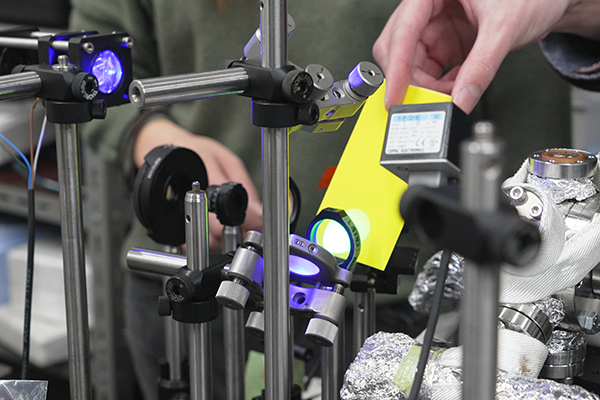

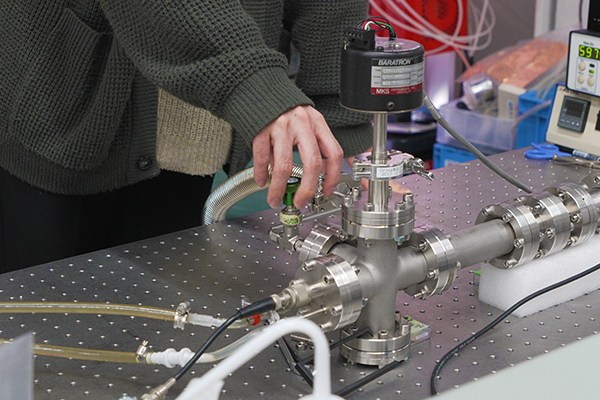
Tsuyohito Ito Lab.,
Department Of Advanced Materials Science,
Graduate School of Frontier Sciences,
The University of Tokyo
Kashiwanoha 5-1-5,
Kashiwa,Chiba 277-8561, Japan
+81-4-7136-3782(Ito)
tsuyohito@plasma.k.u-tokyo.ac.jp
The Goal of Applied Physics
The goal of Applied Physics is to develop a stage = “new material” that can manipulate undeveloped degrees of freedom, to explore unknown phenomena created from that stage and to bring out excellent functions, and to bring out its excellent functions. The purpose is to contribute to the development of human society by elucidating the mechanisms and developing application fields for these phenomena and functions.
AMS (Advanced Materials Science)
Department Office
AMS (Advanced Materials Science),
Graduate School of Frontier Sciences,
The University of Tokyo
Kashiwanoha 5-1-5, Kashiwa, Chiba 277-8561, Japan
Email : ams-office(at)ams.k.u-tokyo.ac.jp
Please change (at) to @.
